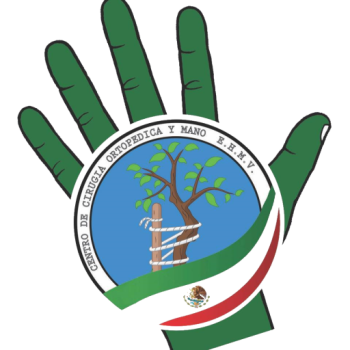Conservative management of trigger finger: A systematic review
Fuente
Este artículo es originalmente publicado en:
https://www.ncbi.nlm.nih.gov/pubmed/29290504
http://www.jhandtherapy.org/article/S0894-1130(17)30269-7/fulltext
De:
Lunsford D1, Valdes K2, Hengy S2.
J Hand Ther. 2017 Dec 28. pii: S0894-1130(17)30269-7. doi: 10.1016/j.jht.2017.10.016. [Epub ahead of print]
Todos los derechos reservados para:
Copyright © 2017 Hanley & Belfus. Published by Elsevier Inc. All rights reserved.
Abstract
STUDY DESIGN:
Systematic review INTRODUCTION: Trigger finger (TF) is a common condition in the hand. The primary purpose of this systematic review was to evaluate the current evidence to determine the efficacy of orthotic management of TF. A secondary purpose was to identify the characteristics of the orthotic management. The tertiary purpose of this study was to ascertain if the studies used a patient-reported outcome to assess gains from the patient’s perspective.
CONCLUSION:
All authors reported similar results regardless of the joint immobilized; therefore for orthotic management of the TF, we recommend a sole joint be immobilized for 6-10 weeks. In assessing TF, most authors focused on body structures and functions including pain and triggering symptoms, 2 authors used a validated functional outcome measure. In the future therapists should use a validated patient report outcome to assess patient function that is sensitive to change in patients with TF. Furthermore, more randomized controlled trials are needed.
Copyright © 2017 Hanley & Belfus. Published by Elsevier Inc. All rights reserved.
KEYWORDS:
Conservative treatment; Flexor tenosynovitis; Orthosis; Splinting; Stenosing tenosynovitis; Trigger finger
Resumen
DISEÑO DEL ESTUDIO:
Revisión sistemática
INTRODUCCIÓN:
El dedo en gatillo (TF) es una condición común en la mano. El objetivo principal de esta revisión sistemática fue evaluar la evidencia actual para determinar la eficacia del tratamiento ortótico de TF. Un objetivo secundario fue identificar las características del tratamiento ortopédico. El objetivo terciario de este estudio fue determinar si los estudios utilizaron un resultado informado por el paciente para evaluar las ganancias desde la perspectiva del paciente.
CONCLUSIÓN:
Todos los autores informaron resultados similares independientemente de la articulación inmovilizada; por lo tanto, para el tratamiento ortopédico del TF, recomendamos que se inmovilice una única articulación durante 6-10 semanas. Al evaluar el TF, la mayoría de los autores se centraron en las estructuras y funciones corporales, incluido el dolor y los síntomas desencadenantes, 2 autores utilizaron una medida de resultado funcional validada. En el futuro, los terapeutas deben usar un resultado validado del informe del paciente para evaluar la función del paciente que es sensible al cambio en pacientes con TF. Además, se necesitan más ensayos controlados aleatorios.
Copyright © 2017 Hanley & Belfus. Publicado por Elsevier Inc. Todos los derechos reservados.
PALABRAS CLAVE:
Tratamiento conservador; Tenosinovitis flexora; Ortesis; Ferulización; Tenosinovitis estenosa; Dedo en gatillo
- PMID: 29290504 DOI: 10.1016/j.jht.2017.10.016

